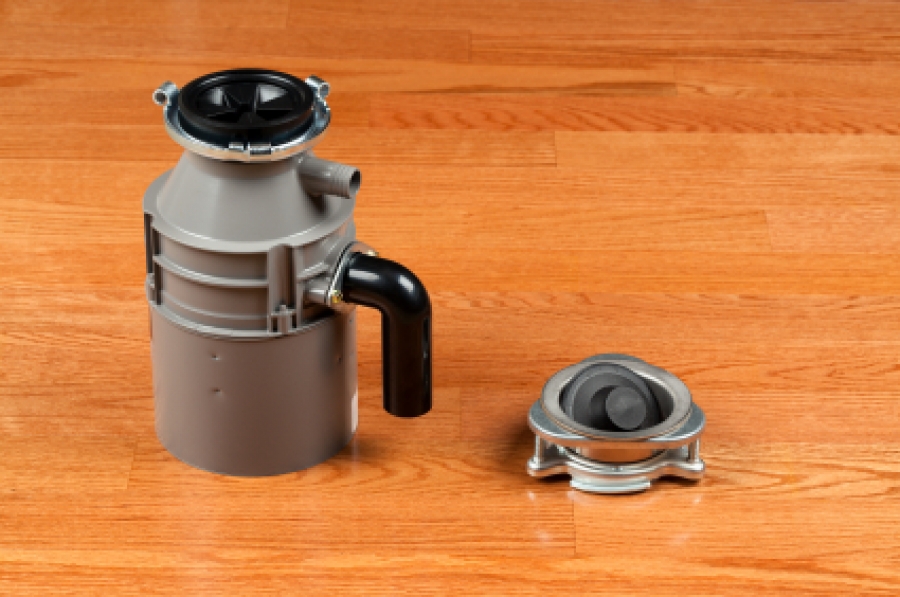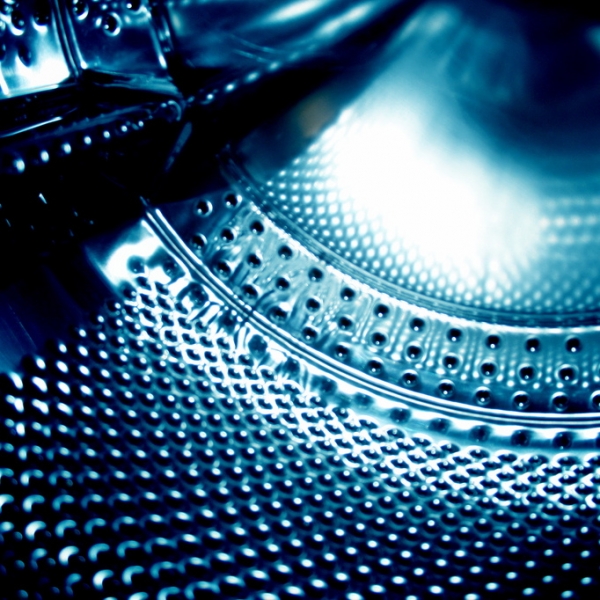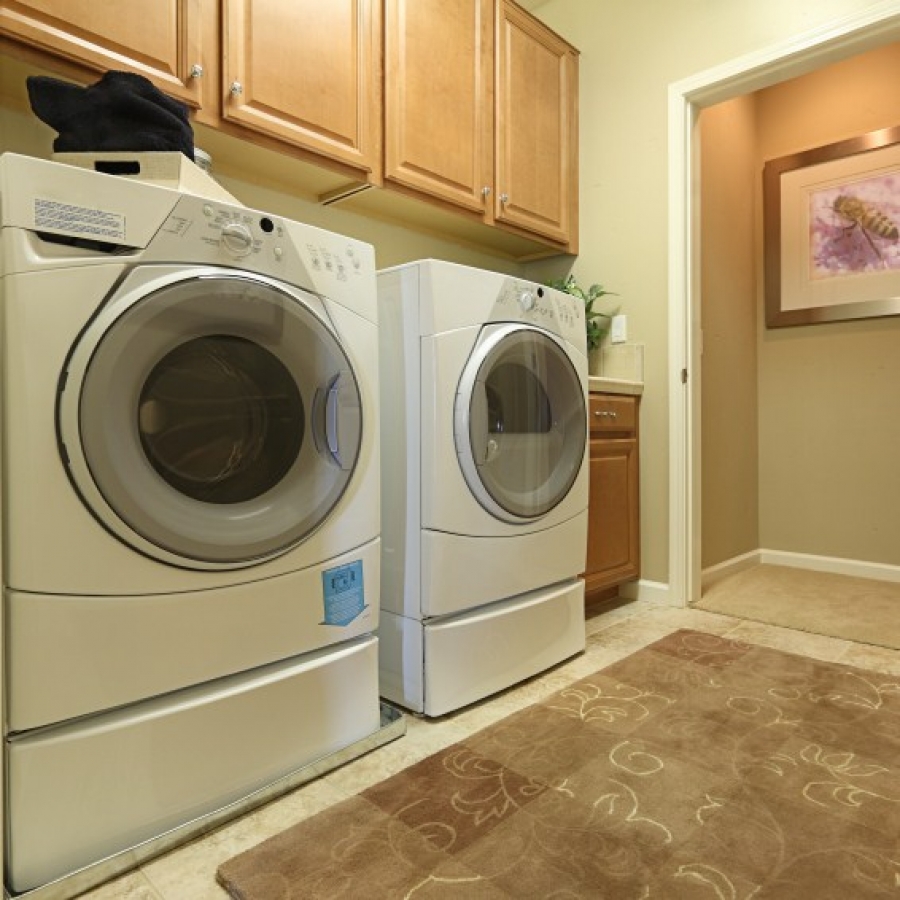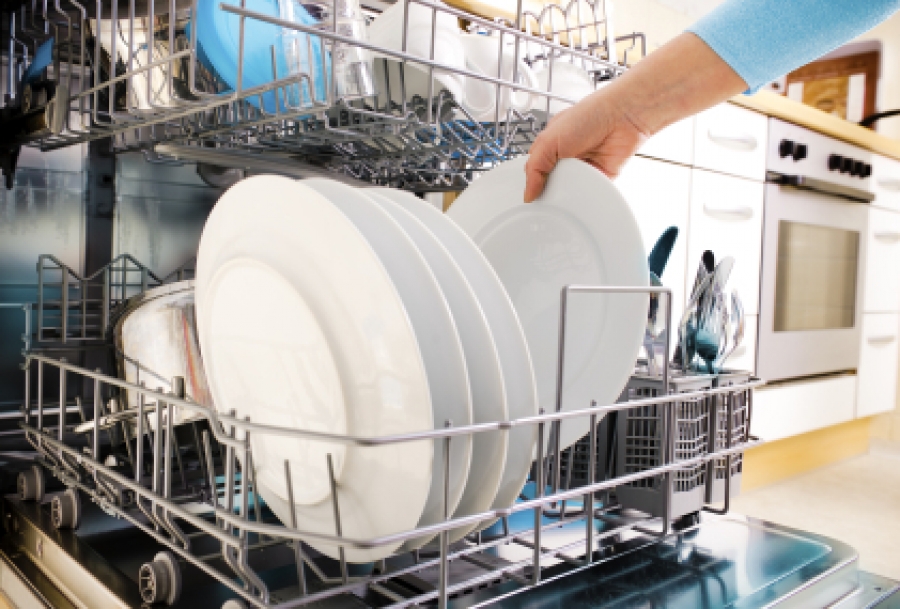Maintenance Tips: Garbage Disposals
A food waste disposer, commonly called a garbage disposal, was invented in 1927. According to the 2009 American Housing Survey (AHS) published by the U.S. Department of Housing and Urban Development (HUD), over 50% of homes have a garbage disposal. Also, the Study of Life Expectancy of Home Components that was prepared in 2007 by the National Association of Home Builders (NAHB) suggests that a residential kitchen garbage disposal has an anticipated life expectancy of 12 years. A garbage disposal can be maintained to achieve its full lifetime with proper use, ensuring it is operating efficiently and safely.

For safety reasons, before operating a garbage disposal, ensure that no utensils or non-food objects are present in the grind chamber. Objects other than food waste can damage the disposal motor and the grinding blade and could harm the user. Never place your hand inside a garbage disposal, even if the appliance switch is off.
Garbage Disposal Maintenance Tips
While a garbage disposal is not intended to be used as a trash can, it is often treated as such. For instance, fat or grease collected during cooking should never be disposed of in a garbage disposal as it will solidify in the grind chamber and drain line, resulting in blockage. It is best to collect fat or grease in a container, allow it to harden, and then throw it away. Food waste that is hard, such as shellfish, large bones, or fruit pits, should not be placed in a garbage disposal because it will dull the grinding blade. Small bones are allowed in a garbage disposal and actually will help to remove food particle buildup inside the disposal chamber. Fibrous or starchy food waste, such as coffee, celery, artichokes, egg shells, corn husks, and banana peels, should be cut into small pieces before it is placed in the grind chamber. (Alternatively, it can be composted or thrown in the trash). These materials have the potential to block or jam the disposal because their fibers can become tangled or can expand with moisture.
The amount of food waste placed in the garbage disposal grind chamber should not be more than what can fit in a drain strainer. If you have a large amount of food waste, simply insert a little bit at a time. Overfilling a garbage disposal will most likely lead to a jam and cause the garbage disposal to be inoperable until the jam can be safely removed. Food placed in a garbage disposal should never be left in the grind chamber. Always operate the garbage disposal immediately to remove food waste from the appliance. Run a strong flow of cold water while operating the disposal and for 30 seconds after all food waste has been ground up and drained away. Hot water should not be used to rinse when grinding food waste because fatty foods will melt and stick to the interior linings of the grind chamber and drain line. It is, however, permissible to rinse the garbage disposal with hot water when food waste is not being pulverized.
If used properly, a garbage disposal will generally clean itself, however over time food particles will accumulate on the drain baffle, and in the grind chamber and drain line. This accumulation of food waste may cause for a slow drain and allow for bacteria or mold growth to occur, creating a uncomfortable smell and airborne spores that can be unhealthy. Implementing a regular cleaning process will reduce food waste accumulation, sanitize, and remove unpleasant odors from the drain baffle, disposal, and drain line.
- Garbage Disposal Daily Maintenance: Normal use is enough to help reduce accumulation as the garbage disposal is rinsed with soapy waste water after washing dishes.
- Garbage Disposal Weekly Maintenance: On a weekly basis, the garbage disposal should be flushed with cold water. Fill the sink with clean cold water, pull the drain stop and allow the water to drain. The flushing action of the water leaving the sink through the drain will purge the drain line of any loose food waste.
- Garbage Disposal Monthly Maintenance:
- Once a month empty a tray of ice cubes into the sink and turn on the garbage disposal to grind up the ice cubes. After the ice cubes are ground into a slushy mixture, rinse with a light stream of cold water. The ground ice will clog the drain line and water will backup into the sink, however after a few minutes the ice will melt away and the water will drain. Grinding ice helps to sharpen the shredding blades and remove the accumulation of food waste.
- If you have a removable drain baffle, remove it and clean the surface thoroughly with an old toothbrush, water, and detergent. Be sure to place the baffle back in it's original location prior to operating the garbage disposal.
- Place a half cup of baking soda and one cup of vinegar in the grind chamber. Allow the mixture to foam and fizz while you boil a pot of water. Once the water has boiled, pour it down the drain. In lieu of baking soda and vinegar, you can also mix one gallon of water with one tablespoon of liquid chlorine bleach and slowly pour the mixture into the grind chamber. Allow it to sit for several minutes and then flush with cold water. These mixtures will sanitize the garbage disposal and remove any foul odor. If you would prefer to not experience the smell of bleach or vinegar emanating from the garbage disposal you can freshen the smell with citrus rinds. Lemon, lime, orange, and grapefruit rinds can be placed in the garbage disposal and ground-up to provide a fresh citrus scent.
How to Fix a Garbage Disposal Jam
At some point during your garbage disposal's lifetime, something will jam the motor. When this happens you should first shut off the water from the faucet and turn off the power to the garbage disposal at the main electric panel. Insert an allen wrench into the center hole, located beneath the disposal. Work the wrench side to side until it turns for a complete circle. Reach into the grind chamber with pliers (not your hands) and remove the object causing the obstruction. Allow the motor to cool for a period of five minutes. Push in the red reset button located on the bottom side of the garbage disposal. Turn the power on to the garbage disposal and run water while operating the disposal.
While we may not think about a garbage disposal often, this convenient appliance should be treated with care like any other appliance in our homes. Be sure to read and familiarize yourself with the manufacturer's care and use manual for the particular model installed under your kitchen sink. Keep it clean, safe, and efficient and you should be able to experience the convenience of your garbage disposal for a decade or more.

Jeff Calcamuggio
Jeff is an Editor-at-Large for Buildipedia.com who writes and edits Featured At Home and Knowledgebase content. Prior to joining Buildipedia, Jeff's work experience included carpentry, construction documentation, specification writing, construction administration, project management, and real estate property inspection. Jeff is a member of the Construction Specifications Institute (CSI) and an educator at Columbus State Community College and enjoys challenging DIY home improvement projects.
†




